How to plant bare root plants: follow our expert tips for success
Now is the perfect time to find out how to plant bare root plants in the ground before the colder weather sets in

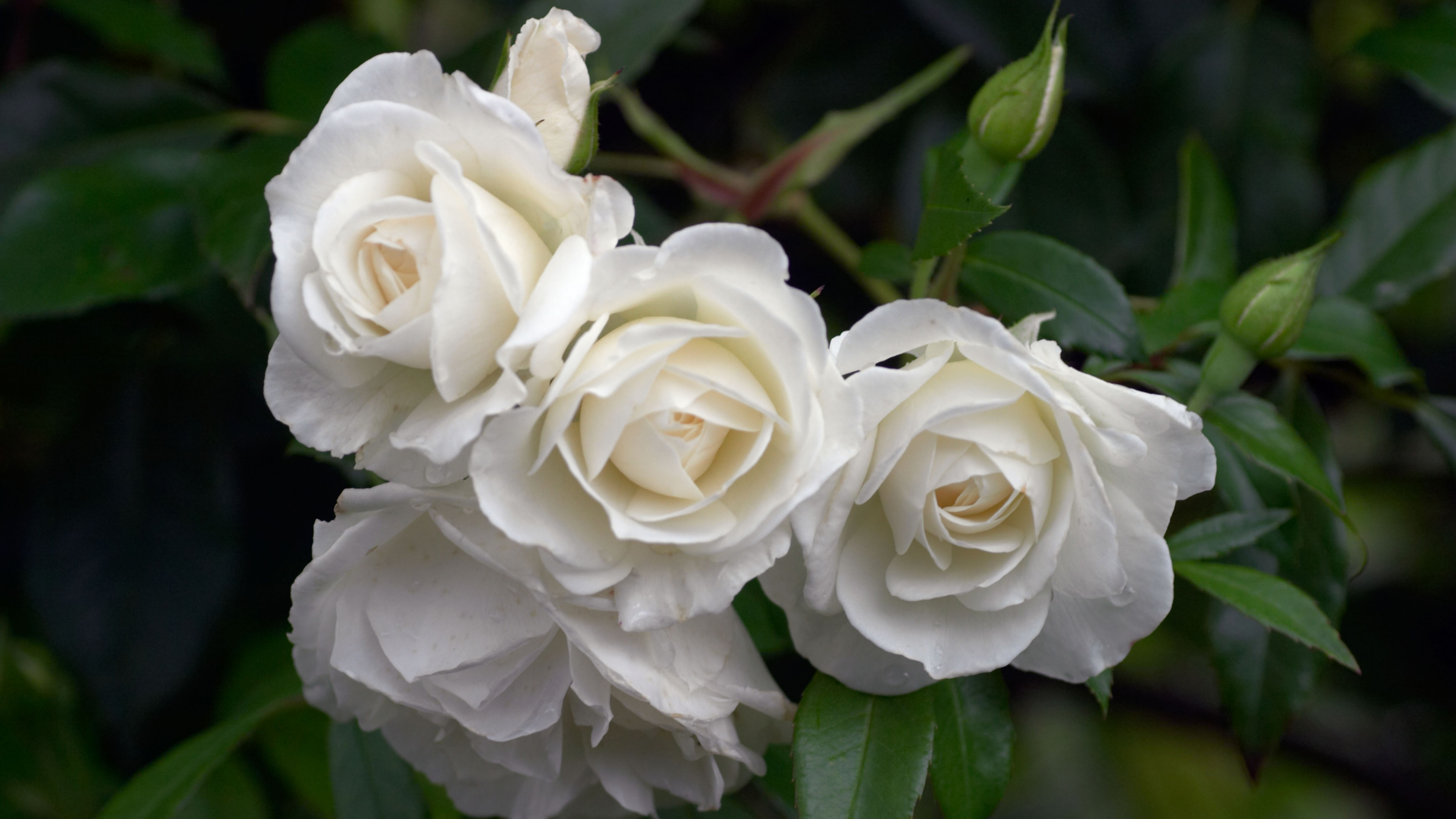
Follow our advice on how to plant bare root plants now and it means they can get a good root system established before the real chill sets in. As long as the soil isn’t frozen or waterlogged you can increase your stock of trees, shrubs, fruit bushes and roses from now right through to late winter, just before the trees start to green up again. You do this by bare root planting, using young trees and shrubs that are lifted by specialist nurseries when they’re dormant and replanted as soon as possible by you in the spot where you want to grow them.
Bare root plants are easy to order, buy and plant, but they need to be treated with lots of care once you get them home if they're to reach their full potential. They don’t usually look anything special when you unwrap them. These skinny twigs are called ‘whips’ thanks to their slender form. But once they get going they'll grow fast and you won't be disappointed.
Planting bare root varieties sounds like it could get a bit technical but it's easy if you follow our top tips – we promise! Read on to find out how to do it, then head over to our guide to garden borders for more brilliant ways to add colour and interest to your flowerbeds.
1. Where to buy bare root plants
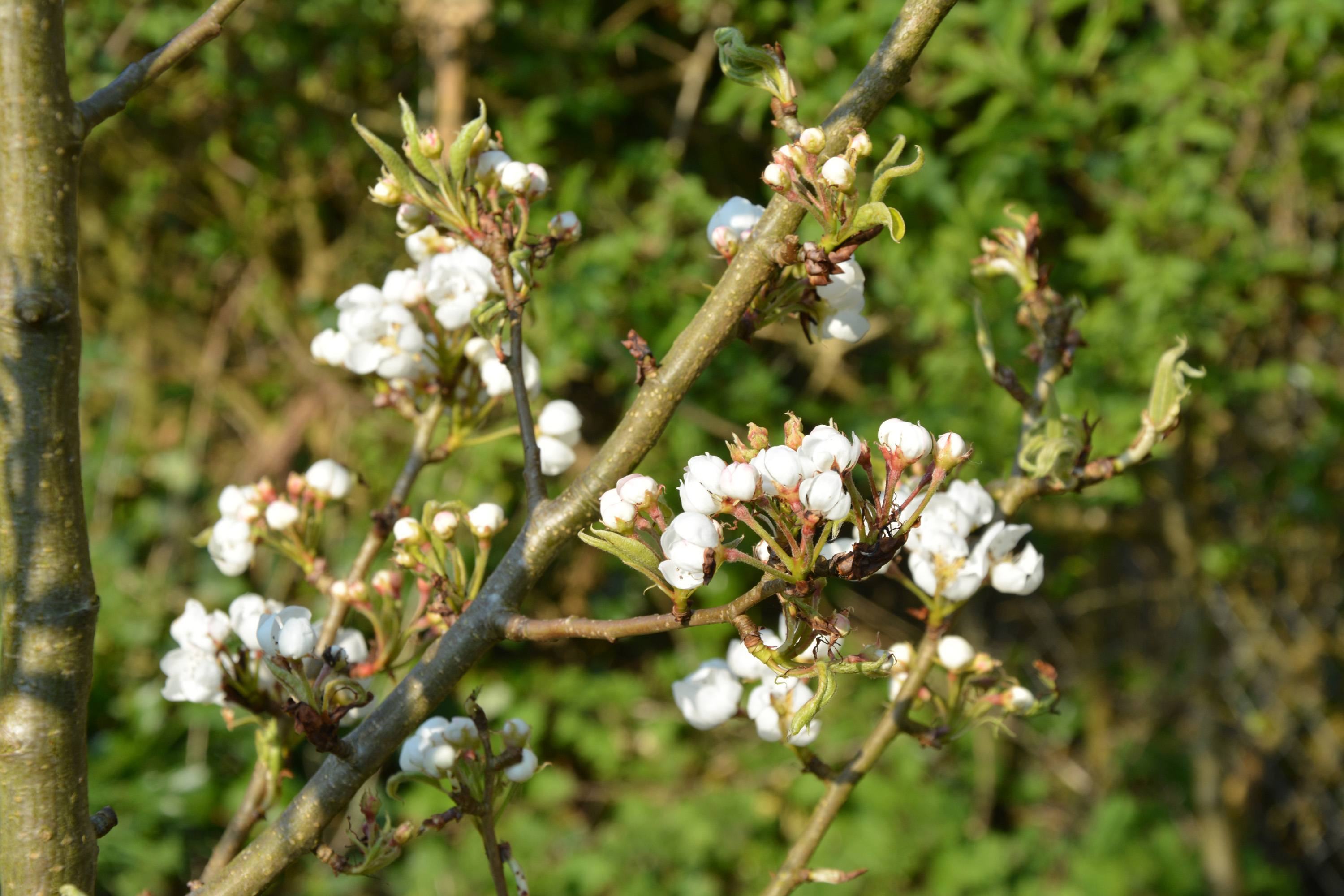
There tends to be a wider selection of bare root varieties available than container-bought trees, especially if you look online. Our guide to where to buy plants online has some great suggestions to get your started. You may also be able to buy them from your local market, specialist plant nurseries or garden centres. Another significant advantage of bare root planting is that it’s an economical way of buying trees and shrubs, especially if you need lots of them, say if you want to make a hedge. And you can snap up some real bargains at this time of year.
2. Ensure your bare root plants are well watered
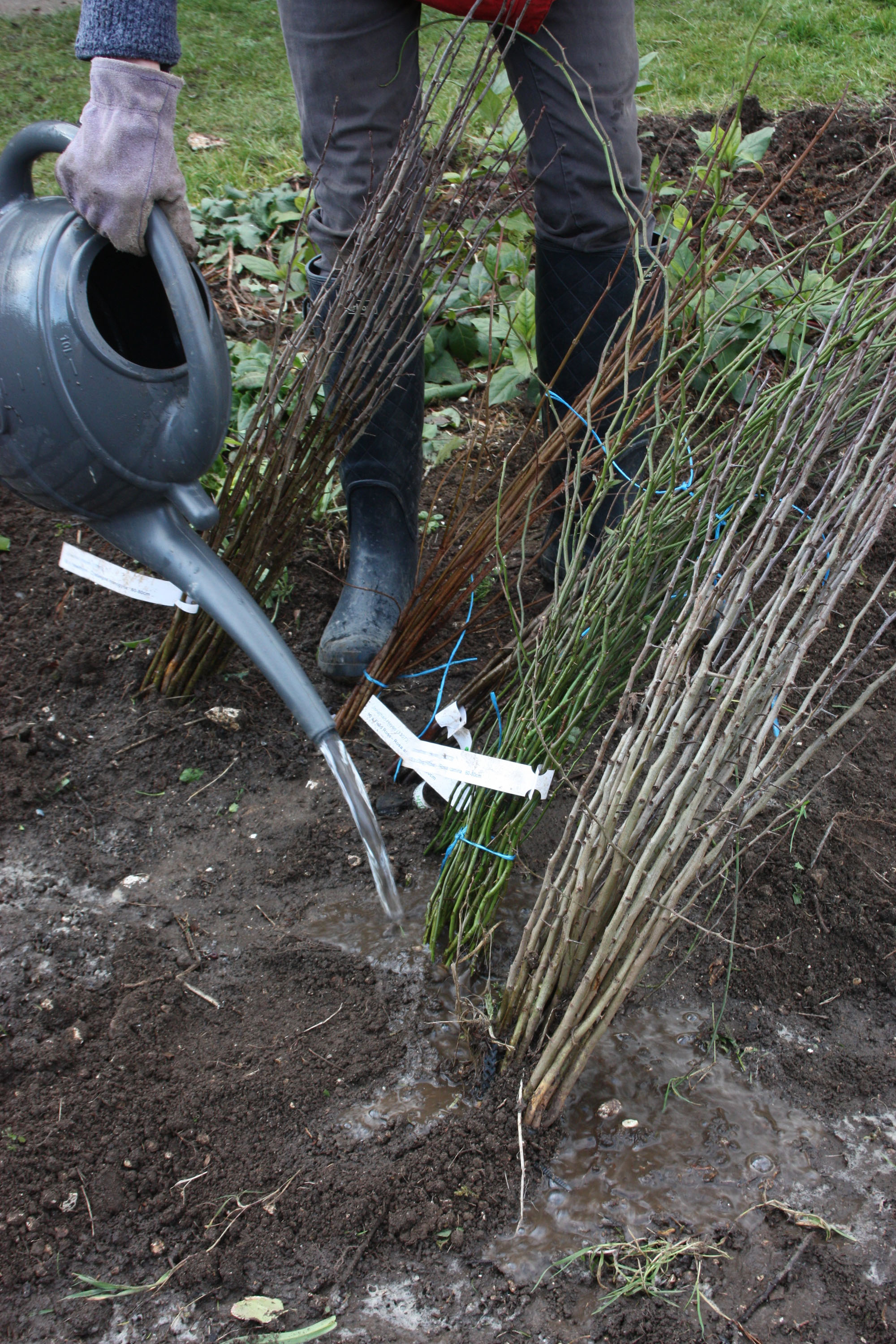
When your bare root plants arrive or you get them home, unwrap them from their packaging and gently tease out and loosen the roots. If they’re dry, sink them in a bucket of water for a few minutes to ensure they’re refreshed before planting. If they’re damp, re-wrap them and store them somewhere cool and out of the wind. Keep a bucket of water with you when planting and dunk the roots in it before transferring your plants in to the ground. And always keep a watering can handy while you're planting them too.
3. Give bare root plants a little boost
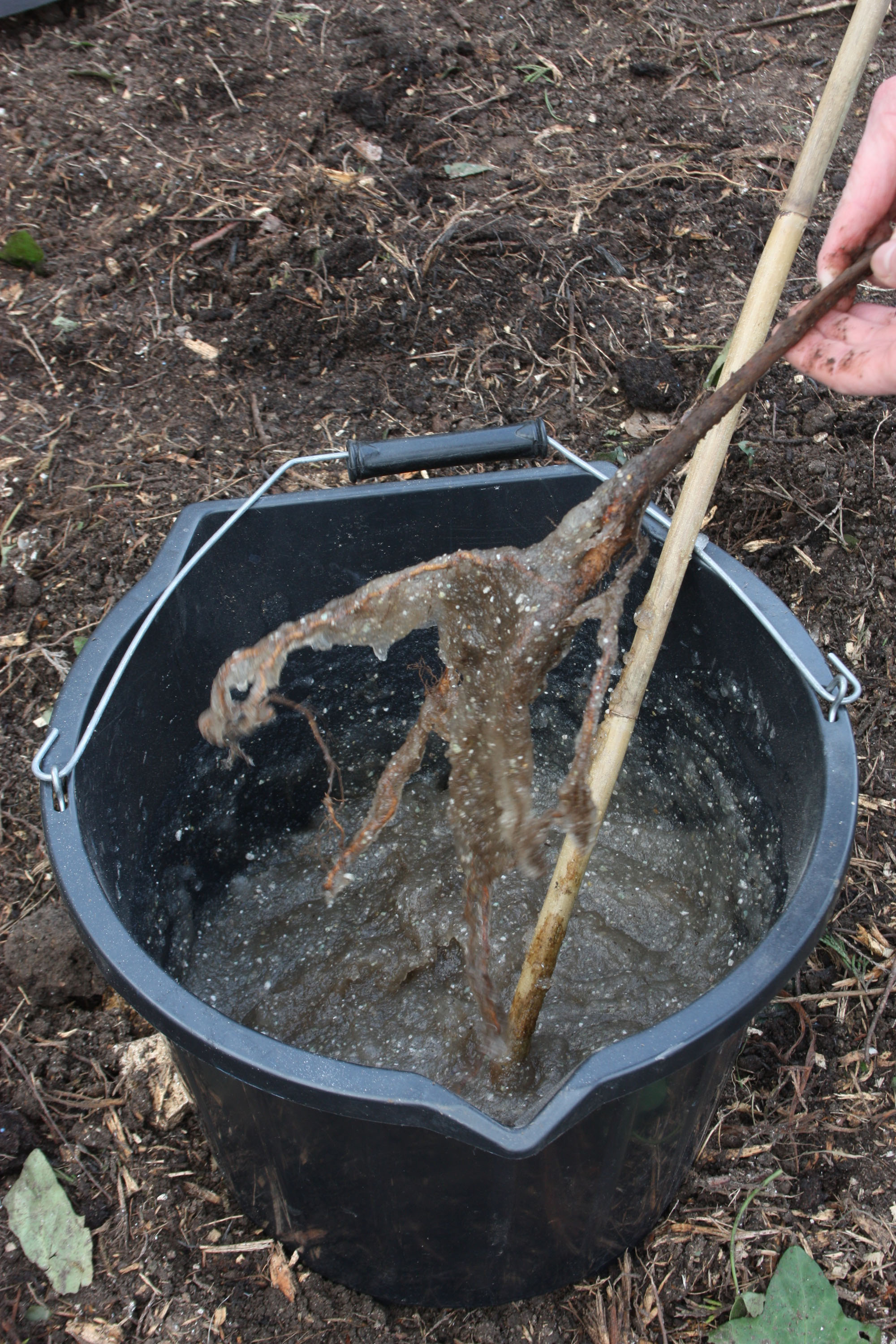
Keep the roots damp and get planting as soon as you can. Soak the roots again before planting. Use mycorrhizal fungi (available at Amazon) to give them the best start. This helps to protect roots against disease and will give your plant a helping hand to get established faster. Mycorrhizal fungi is sold as packets of powder or granules and you either sprinkle them directly onto the soil or mix with water in a bucket and dunk the roots in before planting.
4. Get bare root plants in the ground fast
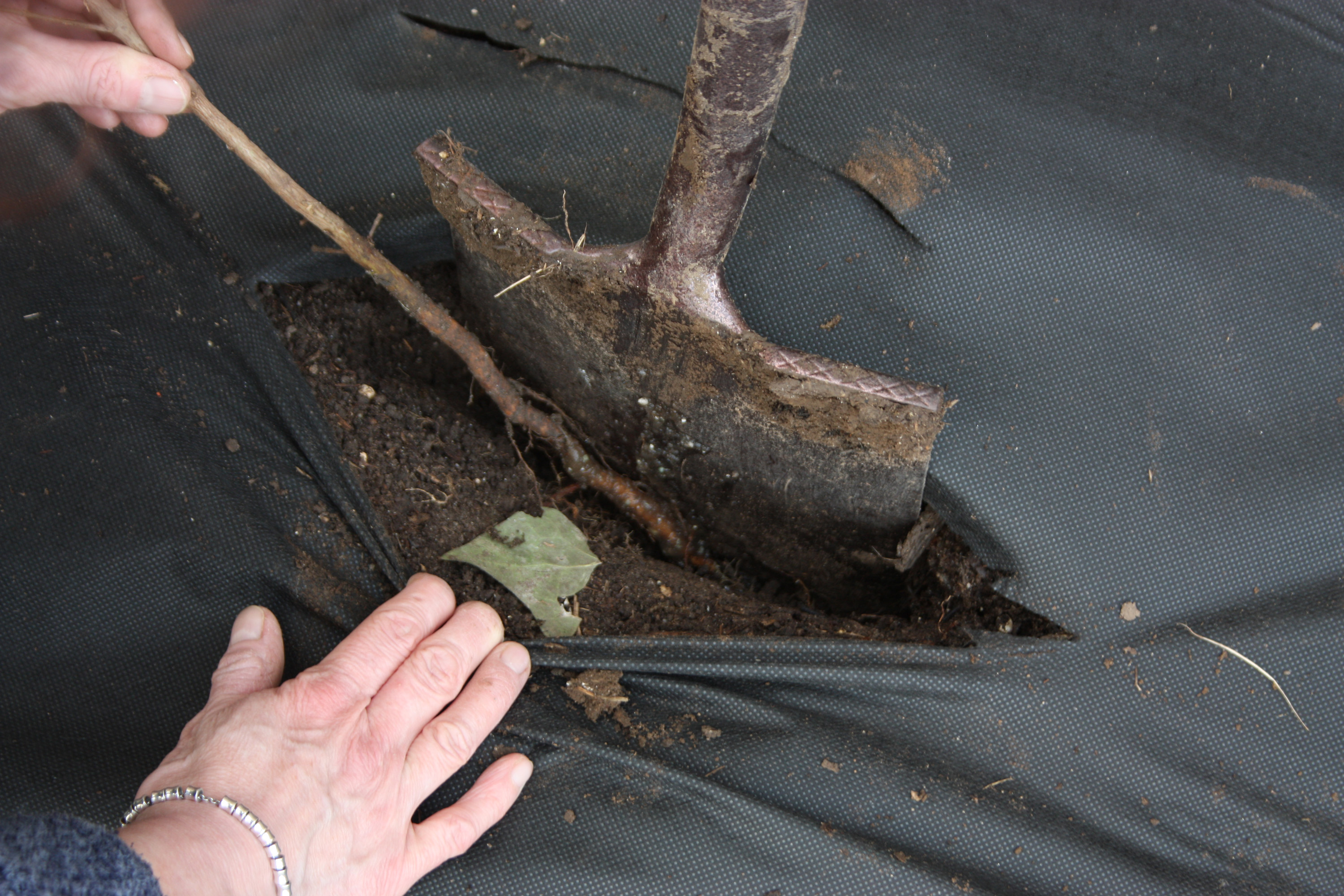
Set the plant in the hole to the depth of the ‘tide mark’ on its stem, which shows how deeply it was planted in the ground previously. Fix a stake in the soil and attach your whip. Firm in the soil well around it and water. Keep the area weed-free while the plants get established and water generously during dry spells. If you are planting a large area, cover it with weed-blocking membrane and peg it securely. Cut slits in the fabric for your tree whips and make holes beneath. Slide the roots into the holes and firm down the soil to support the plant, then water in well.
5. If you run out of time...
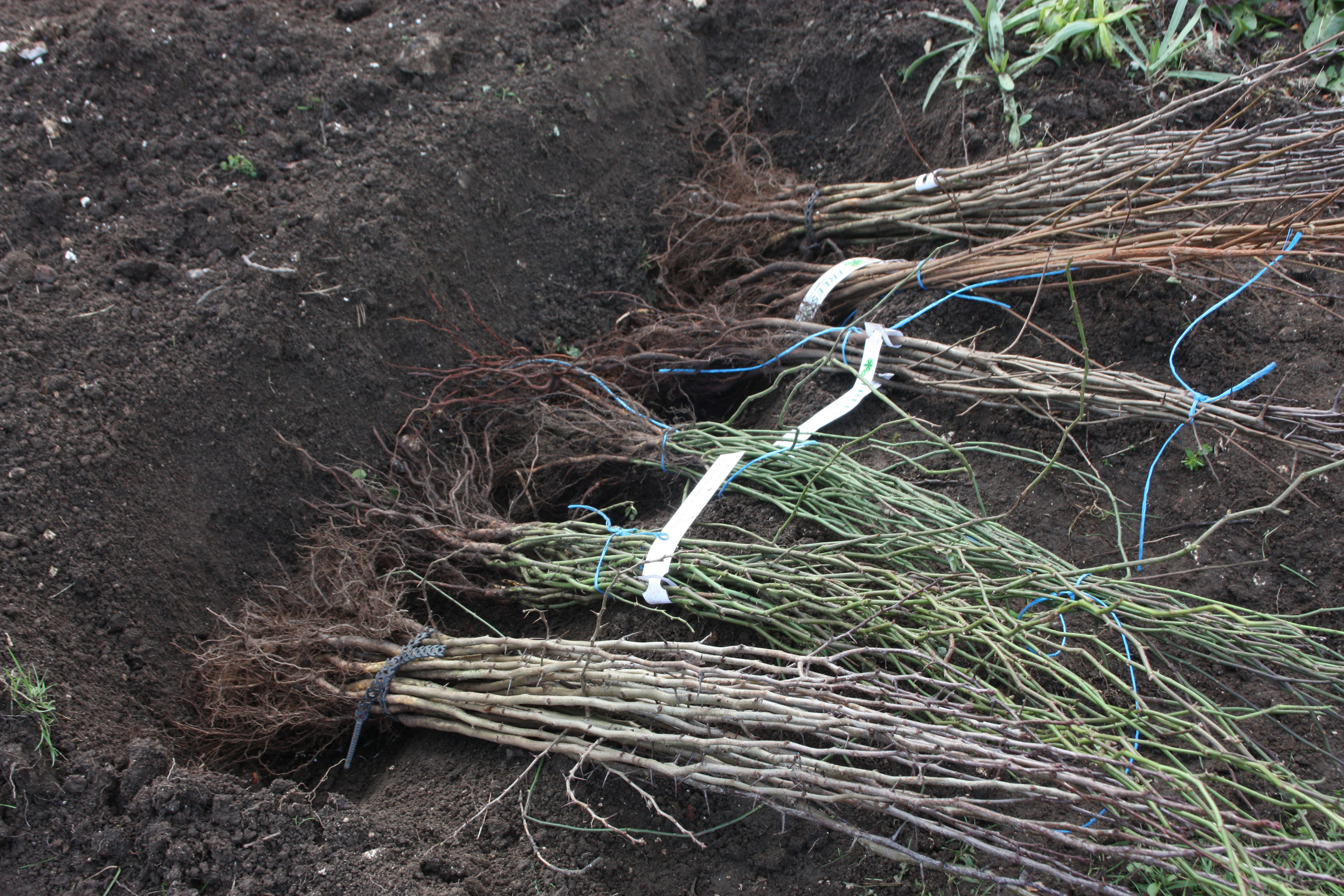
If you can’t plant your bare roots straight away, choose a sheltered spot and dig a trench with a sloping side. Lay the bundled whips in the trench with their stems lying along the sloping side. Fill the trench with soil, making sure it trickles in between them and covers all the root bundles. Tread down the soil to hold the whips in place. They will happily stay here through winter. Water the area well and repeat watering during any dry spells.
More gardening advice:
- How to plant bare root roses
- 5 of the best bare root plants to plant right now
- How to compost: follow our top tips to make your own
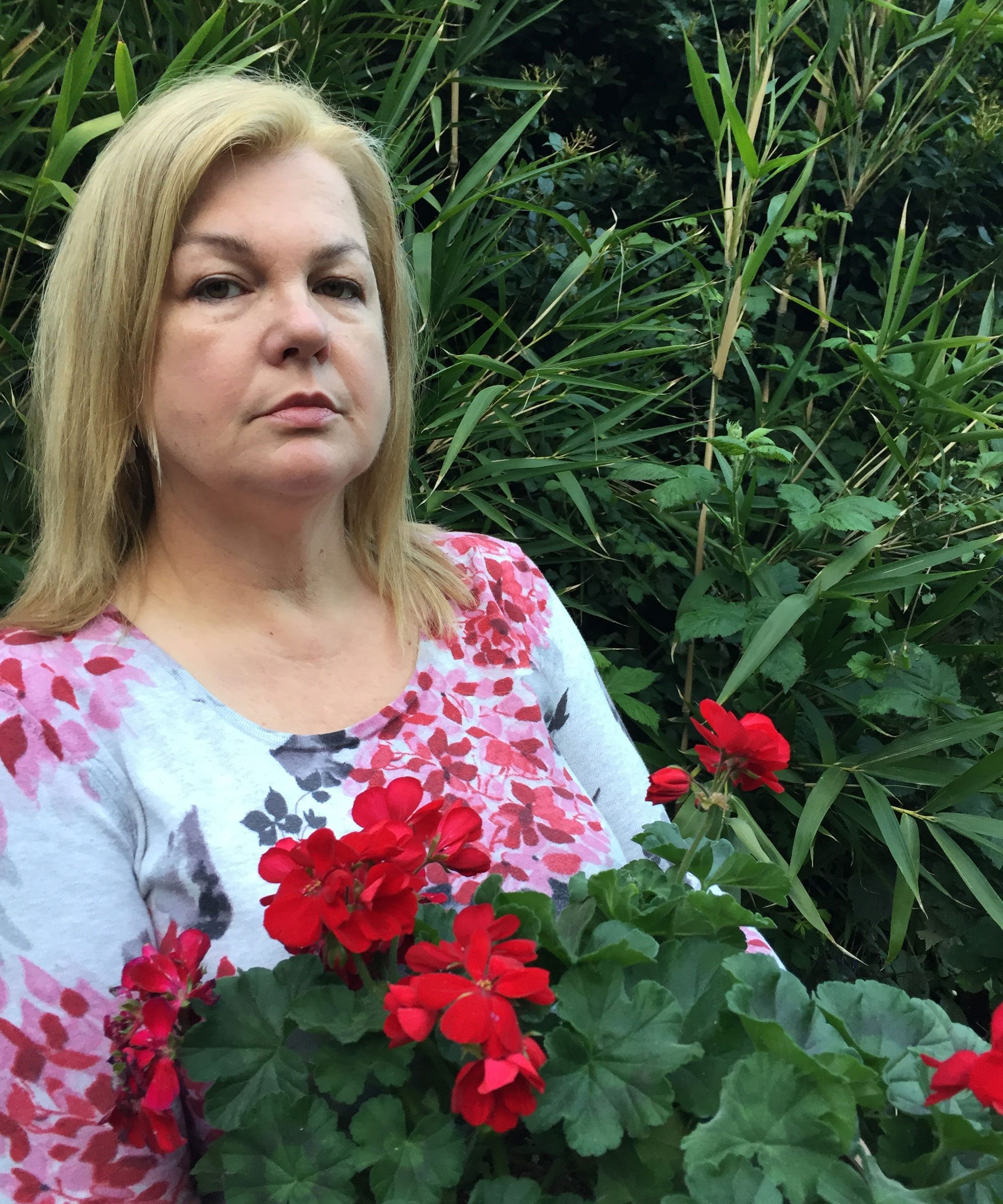
Lifestyle journalist Sarah Wilson has been writing about gardens since 2015. She's written for Gardeningetc.com, Livingetc, Homes & Gardens, Easy Gardens and Modern Gardens magazines. Having studied introductory garden and landscape design, she is currently putting the skills learned to good use in her own space where the dream is establishing a cutting garden.
